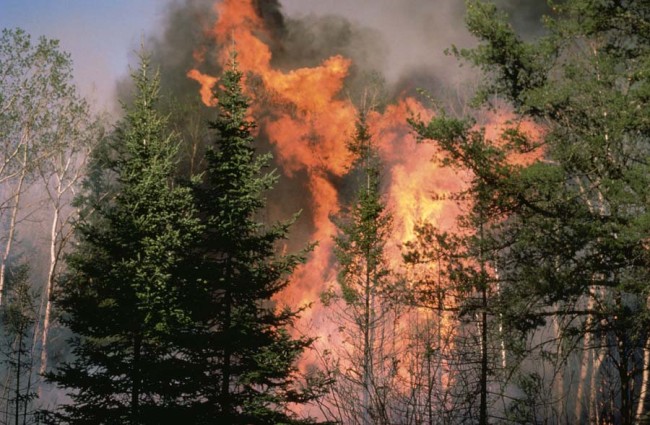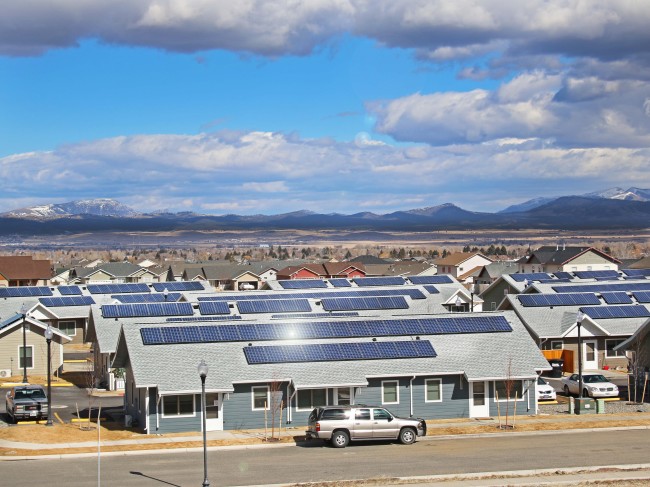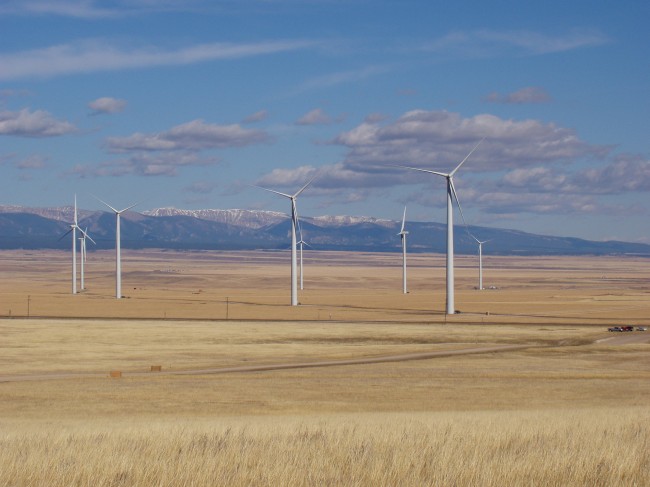By Derf Johnson

U.S. Environmental Protection Agency Administrator Gina McCarthy announced the carbon pollution standards on Monday, June 2, 2014.
Today marks an historic moment for our fight against global warming pollution. The Clean Air Act has successfully regulated air pollutants such as lead, mercury, and ozone. Today, the U.S. Environmental Protection Agency (EPA) is adding carbon pollution to that list. EPA just released a draft version of the first-ever carbon pollution standards for existing power plants. The rule will reduce carbon pollution by 730 million metric tonnes and will have significant public health benefits, as well as important environmental and economic benefits.
Power plants are the single largest source of carbon pollution in the United States, and in Montana comprise approximately half of our total energy related carbon pollution emissions. Needless to say, tackling pollution from power plants is the single largest step that the United States can take in order to reduce global warming pollution, and this proposal by the President marks the strongest action ever taken by the United States to tackle global warming.
- Since 1901, average temperatures have risen in most states, including Montana.
- Seven of the top 10 warmest years on record have occurred since 1998.
- Montanans see these changes in the increased frequency of droughts and diminished snowpack, in the longer summer season with more frequent heat spikes, and in an increase in the prevalence of more intense and destructive forest fires.

Photo courtesy of Arthur Allen/USFWS.
Global warming is having notable and serious impacts on our agricultural economy, our tourism industry, and our way of life. Just last week, 21 businesses and 28 organizations sent a letter to Governor Steve Bullock asking for him to recognize the science of global warming and to support the carbon pollution standards. Among the businesses that signed were a construction company, a major ski resort, and several clean energy installers. Climate and weather disasters in 2012 cost the American economy more than $100 billion. On April 26th, 1,500 Montanans came together in communities across the state to rally supporting strong action on climate change. It’s clear that Montanans want solutions to this urgent problem and the EPA proposal represents our greatest opportunity to date.
While not a model of perfection, the EPA proposal is a significant step in the right direction for Montana, the United States and the world. It ultimately prescribes that the U.S. reduce total carbon pollution from power plants nationwide 30% by the year 2030, which is equal to the emissions from powering more than half the homes in the United States for one year.

The River Rock Residences solar instillation in Helena, Montana. Photo courtesy of Jessica Jones / Solar Montana.
This modest proposal is an achievable target for Montana, provided that we develop an effective state-based program that is tailored to Montana’s unique circumstances. Fortunately, the rule proposed by the EPA is an incredibly flexible proposal that puts Montana in the drivers seat by offering a menu of different options for the state to meet the pollution reduction goals and show compliance with the federal standard. Many states, including Montana, are already leading the way in emissions reductions, and the EPA proposal is building on this success. The EPA points out that: 47 states have energy conservation programs; 38 states have renewable energy standards; 10 states have market-based carbon pollution emissions trading programs. EPA is building off of the success of states like Montana to continue the progress forward. As the EPA notes, Montana already has in place standards for reductions in carbon pollution from proposed coal-fired power plants, energy conservation and efficiency programs, energy efficiency codes for commercial and residential buildings, and a renewable energy standard.

The Colstrip coal-fired power complex, the largest carbon polluter in Montana.
Along with reducing pollution at power plants, the standards will:
- Recognize innovative programs in Montana that cut pollution through increased use of clean and affordable energy such as wind and solar power and energy conservation. Montana already has a toolbox of policies in place such as the renewable energy standard and net metering, an incentive for homeowners to install clean, renewable energy systems on their homes. These policies have successfully spurred clean energy innovation, increased jobs, and added to our tax base.
- Offer us the opportunity to build on this success by further bolstering these clean energy standards and programs.
- Recognize regional agreements among states to reduce pollution. This may prove important for Montana, which currently exports approximately half of its power generation to west coast population centers.
- Lead to climate and health benefits worth an estimated $55 billion to $93 billion in 2030, including avoiding 2,700 to 6,600 premature deaths and 140,000 to 150,000 asthma attacks in children.
Specifically, the EPA is proposing that Montana develop a plan to slash carbon pollution by 21% by the year 2030 from 2012 levels (representing an emission rate goal of 1,771 lb/MWh in 2030). While Montana can and should achieve a larger rate of emissions reduction than 21%, we are supportive of the EPA moving in the right direction.
Some critics will surely make the argument that the proposed standard does not wholly address the problem of global warming, as developing nations like China and India are increasingly comprising a large share of global carbon pollution. However, the United States is currently responsible for approximately 19% of global carbon pollution, and responsible for a much larger share of the historic carbon pollution that will remain in the atmosphere and continue warming our climate for the next century. It is now incumbent upon us to act, and to lead. America has never shied away from asserting itself as a global leader, and other nations are paying close attention to this proposal.

The Judith Gap wind farm in Montana.
Montana stands to benefit immensely from the emergence of a clean, carbon-free energy economy and a reduction in carbon pollution. Montana is ranked 2nd in the United States for wind energy potential, and has excellent solar power potential. International investment banks like Citibank and Goldman Sachs now recognize the enormous economic potential for investing in a clean energy economy. The American Wind Energy Association, the industry trade group that represents utility scale wind energy projects, has carefully document the potential for dramatic reductions in carbon pollution through wind instillations.
Now it is up to our elected officials to lead courageously on this issue, and to support and implement a Montana-based program that reduces carbon pollution, spurs clean energy innovation, and creates family-wage jobs.
Today, we urge you to contact our elected officials, and ask that they support these historic standards. We’ve created an online petition that will send a message to Governor Steve Bullock, Senator Jon Tester, Senator John Walsh, and Congressman Steve Daines that asks for their support through this process.


